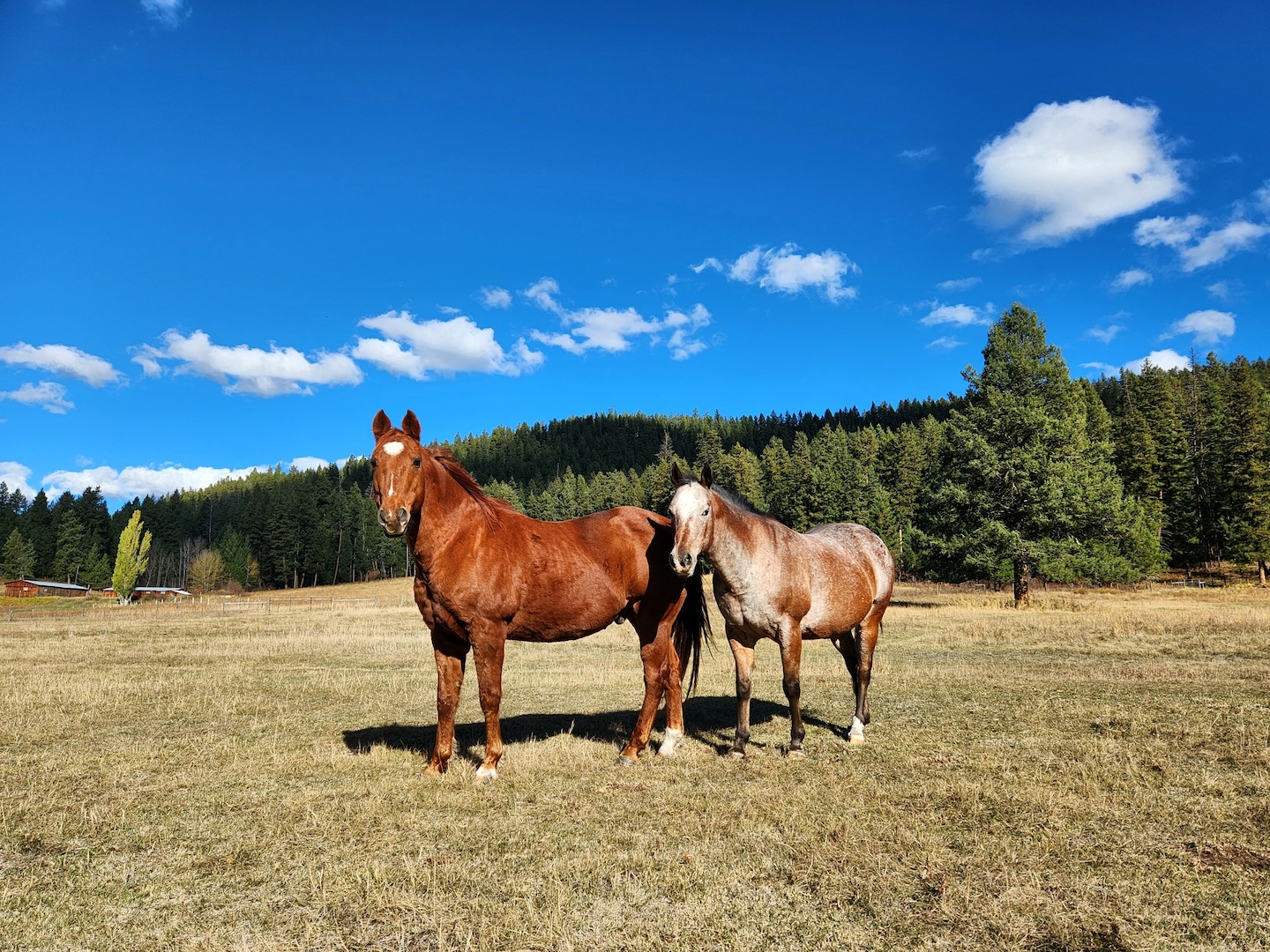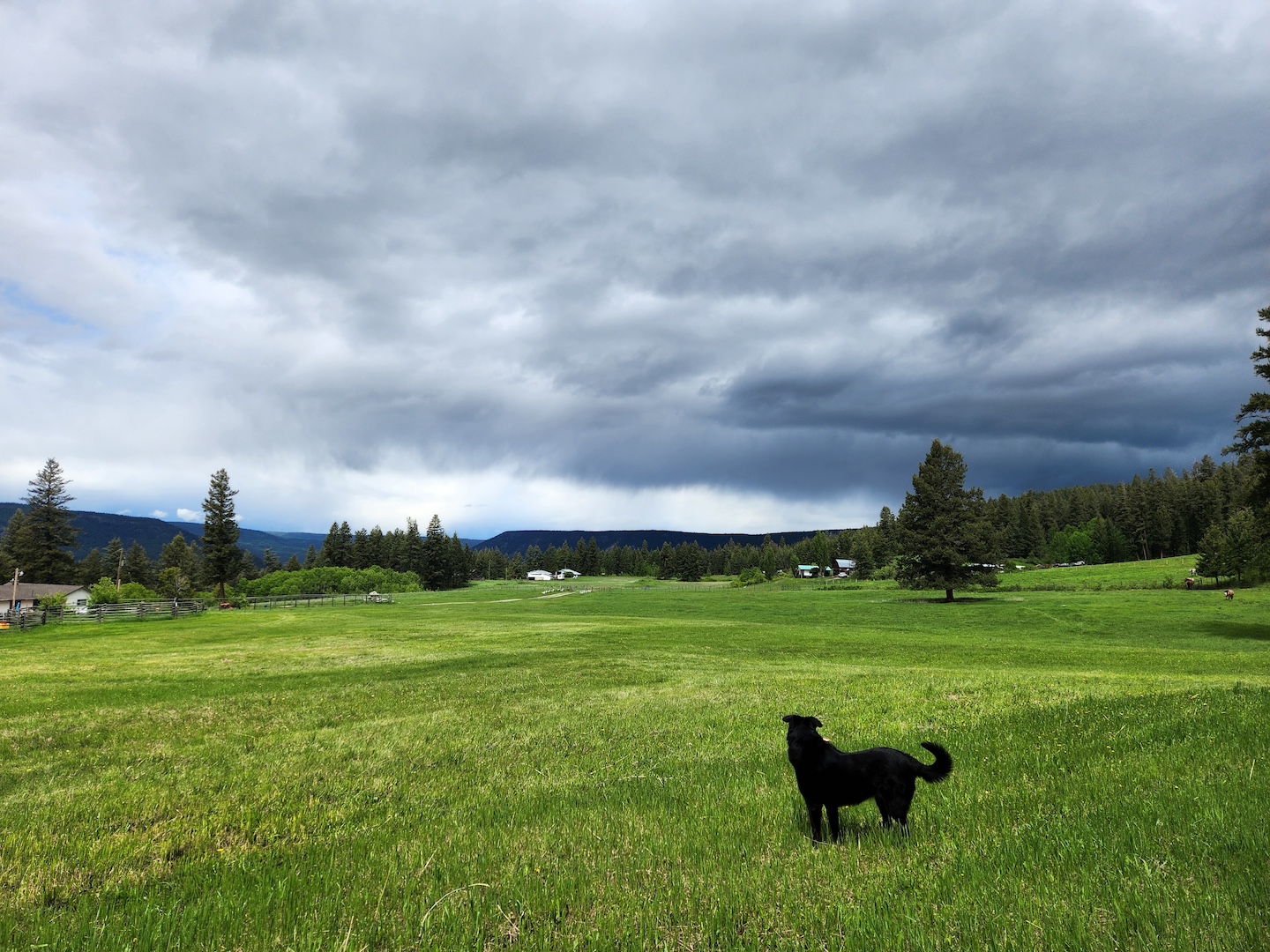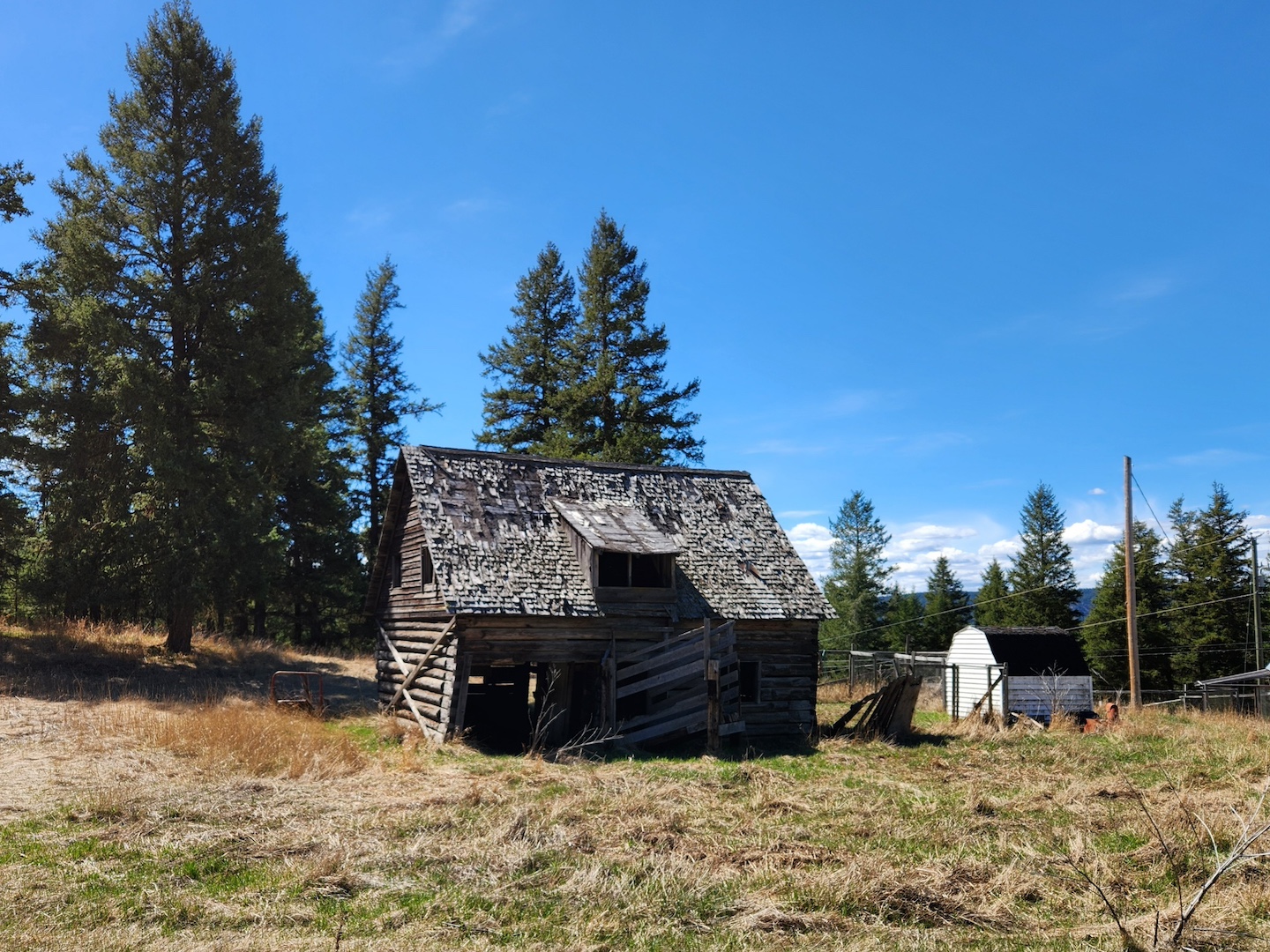Author: Mary-Ellen Kelm
Published: 2011
Mood: If you really enjoyed university and want to read a thesis on the history and culture of rodeo in BC and Alberta.
I tried so hard to love this book. I really did. A Wilder West: Rodeo in Western Canada seemed like a total win when I clutched it in my hands at the bookstore.
Is it a fascinating topic, with in-depth research? Absolutely, 10/10.
Does it share important details from Aboriginal and settler history that most Western Canadians probably have no clue about? Hell yes.
But unlike Aloha Rodeo, which brings history to life with a colourful narrative, this is dry, academic writing. There are citations aplenty (which you can’t click because this ain’t the Internet), and the language is distinctly textbook. It’s not what you’d call a thrilling bedtime story.
And it should be – it’s RODEO. This is interesting stuff. We’re talking the origins of roughstock events, fast-paced competitions, and the constant threat of injury or death. Tense struggles of women and First Nations in a world dominated by white men. Unfortunately, these juicy details told in a flat and repetitive manner.
This IS a good book at its core. It should be required reading for anyone who’s a part of Canadian rodeo, attends rodeos, or lives in small-town BC or Alberta. I just wish there was a kid-friendly version for people like me who want to learn the facts but in a fun way.

A Wilder West: Rodeo in Western Canada is a thoroughly researched history of rodeo in Southern Alberta, the BC Interior, and the Peace River region.
When I say ‘thoroughly researched’, I mean it. Author Mary-Ellen Kelm is a legit historian, and she was backed by a team of research assistants and grants to help bring this book to life. You can feel the deep respect for the people represented – the settler and Aborignal cowboys, ranchers, and farmers who created rodeo in Canada.
The book explores Western Canada’s rodeo origins in the early 1900s, through the formation of early stampedes, past its heyday before WWII, and into the professionalization of rodeo as a sport in the ‘60s and ‘70s.
It specifically focuses on Aboriginal and settler involvement, and how early rodeo was a community where the lines of race and gender didn’t matter so much as the bond over a shared love of doing crazy, dangerous shit with horses and cattle.
After that it gets kind of depressing. That’s not the book’s fault, it’s history.
![]()
My major beef with A Wilder West, from a reader standpoint, is the repetitive language.
You could open this book to five random pages, and you’d find the same words assembled in a slightly different order. More than once, I thought I was on the wrong page because I’d already read certain details, but when I flipped back I found the same thing a couple of pages earlier… and again two pages later.
It takes away from the power of the information, because you feel like you’re being hammered over the head with it. It forces you to glaze over and start skimming, and that’s disrespectful to the subject matter.
The other issue, for me, is how it kind of fails the minorities it strives to serve.
After the war, women and Indigenous people were pushed out of rodeo. They had to fight their way back into the sport, create their own events, and take constant criticism from the very people they’d spent generations building up. In the later chapters about these topics, information is presented and then given a positive spin.
For example, First Nations were HUGE in early rodeo. Aboriginal cowboys made up big portions of rodeo participation. Multiple rodeos publicly acknowledged that without Aboriginal presence, they would be lost.
Then increasing entry fees, increasing costs of training and equipment, and elimination of specific events became a barrier to Aboriginal participation at the pro level. You learn all about this, but the final chapters emphasize that there was always “at least one” Aboriginal pro rodeo guy each decade for kids to look up to, and hey, they got really good at organizing their own reserve and Aboriginal-only rodeos.
Women were also a huge and essential part of early rodeo, but all of their events, too, were eliminated from the pro categories. The later chapters claim to present how women fought to get back into rodeo. Yet the book repeatedly emphasizes ‘victories’ like the importance of the local Stampede Queen beauty contests (even though the points system switched from being all about equestrian skills to beauty, and the women couldn’t talk about serious issues in their speeches), and how barrel racing is included at the Calgary Stampede (it’s the ONLY pro event women can enter!).
There’s also tons of talk about how talented and influential Tom Three Persons was as an Aboriginal cowboy, then a tiny paragraph in one chapter mentions oh hey, he was a drunk who had multiple assault and sexual violence claims against him. Then it goes back to singing his praises for the rest of the book.
![]()
I appreciate everything I learned from A Wilder West. I feel so much better educated about rodeo in British Columbia, especially in Williams Lake where I now live. It was super cool to see familiar last names, and realize that these rodeo dynasties are actually all around me right now.
And it did make me want to learn more about the great Aboriginal and female contestants from our history. I just realized within the first chapter that I wanted to get to the end result – knowing all that cool stuff – without having to keep wading through the writing.
I suspect the reason for the positive spin on shitty realities was to prevent A Wilder West from feeling like a pity party for minorities in rodeo, to instead focus on their successes. And I totally get that.
But knowing that rodeo was built on the hard work of women and Aboriginal people and then drove them out IS shitty. The book’s focus on how rodeo created a safe and welcoming contact zone for everyone from all walks of life to meet, learn from each other, and get along works at the start of the book – but at the end, after everything you’ve learned, it becomes frustrating and confusing.


